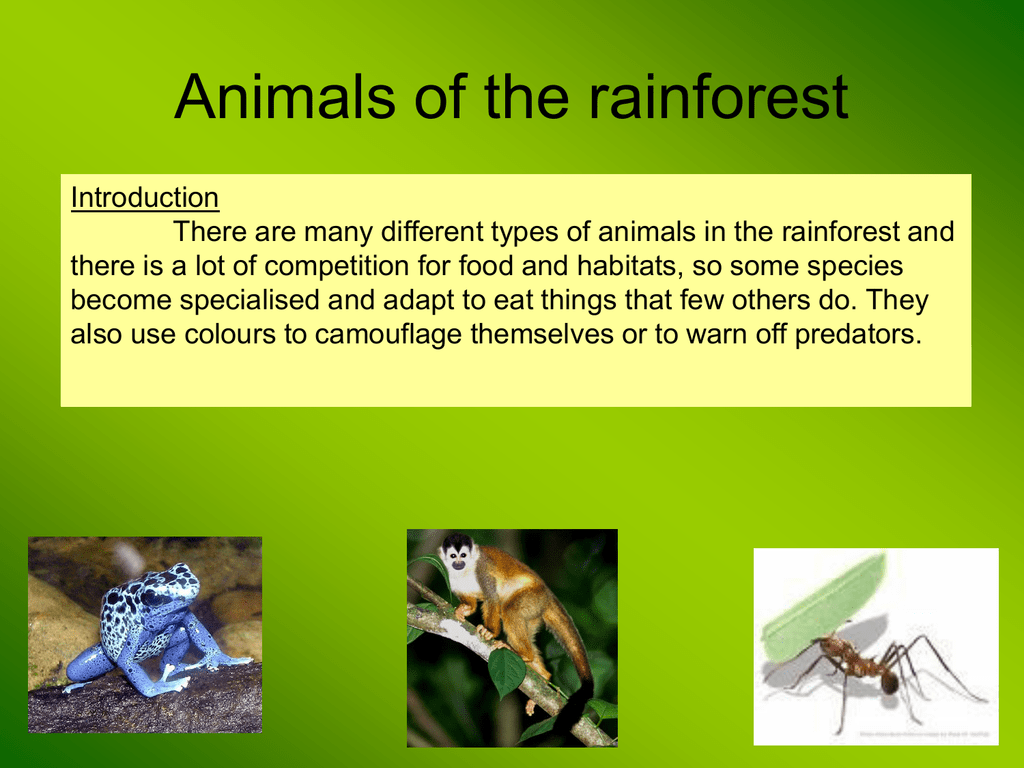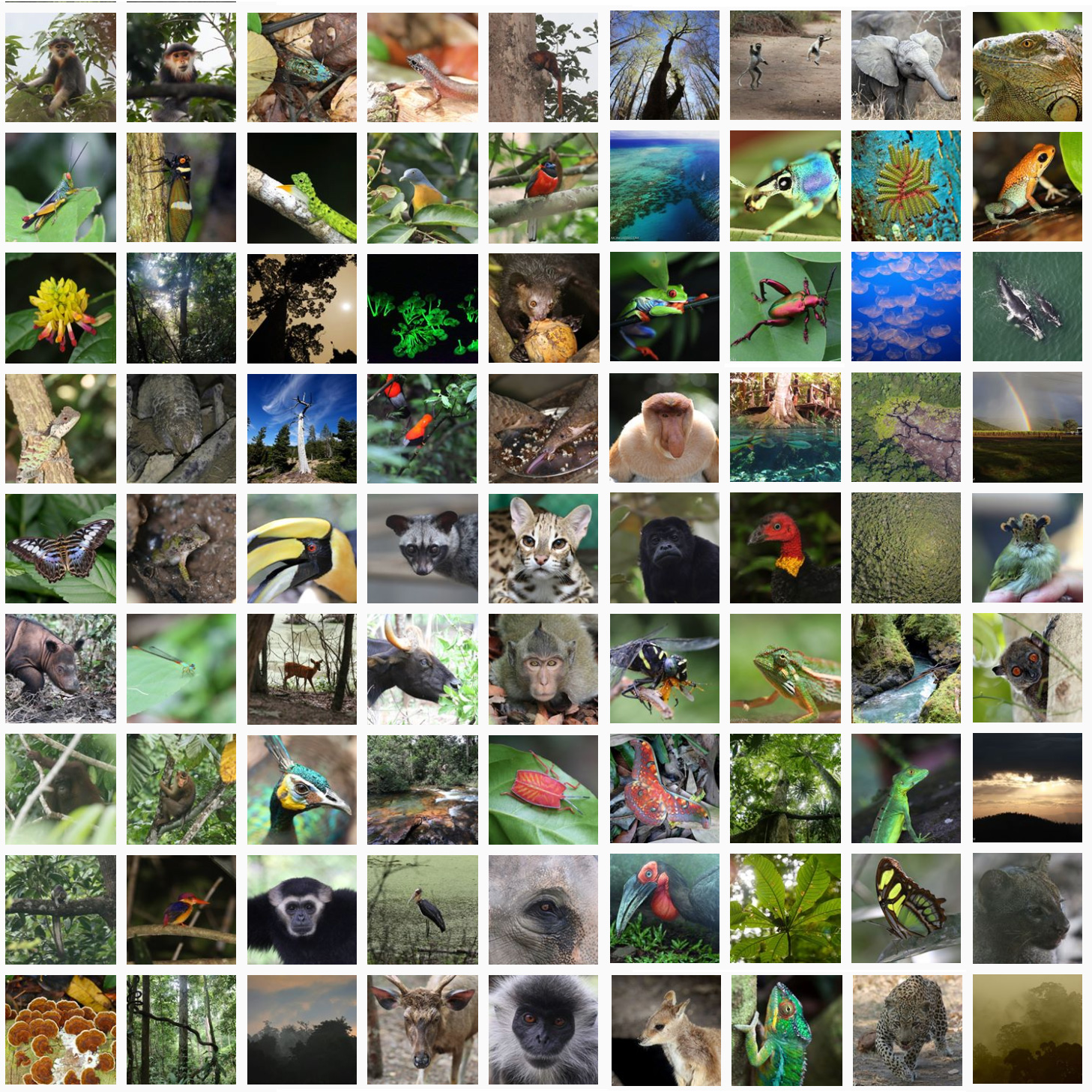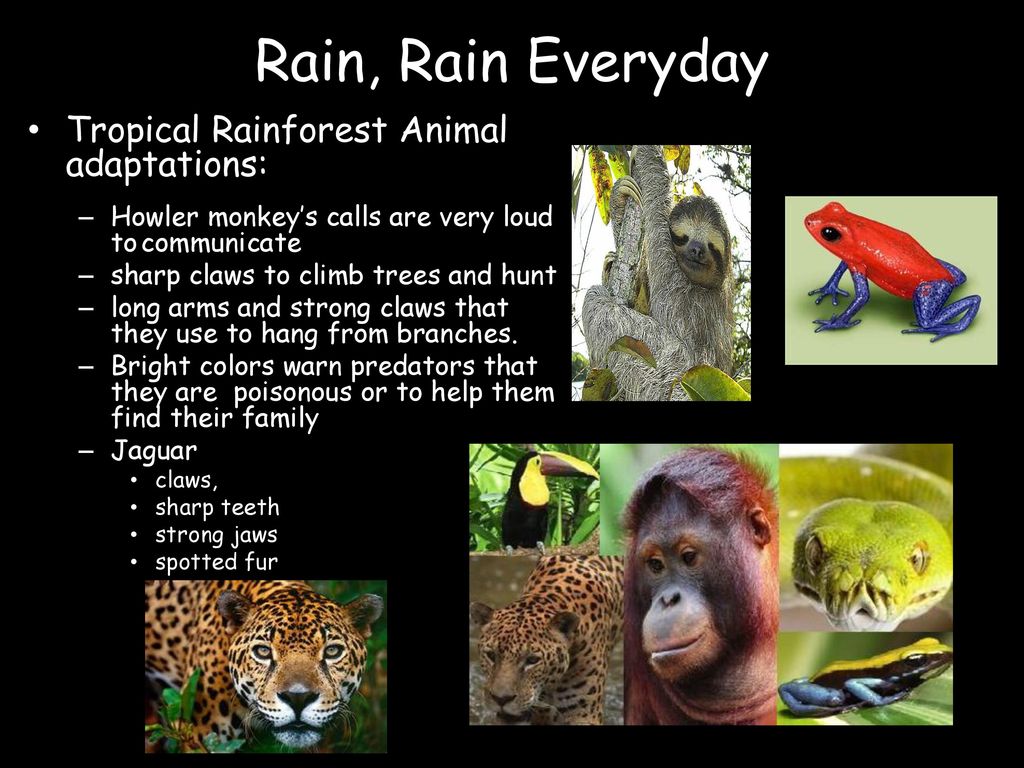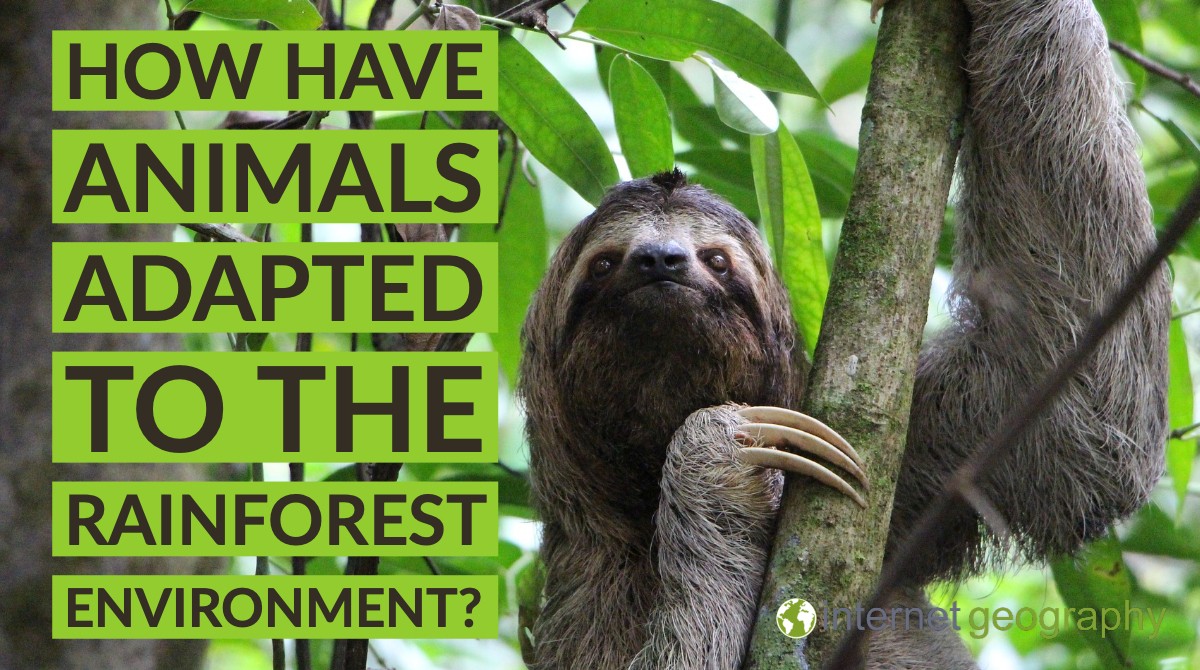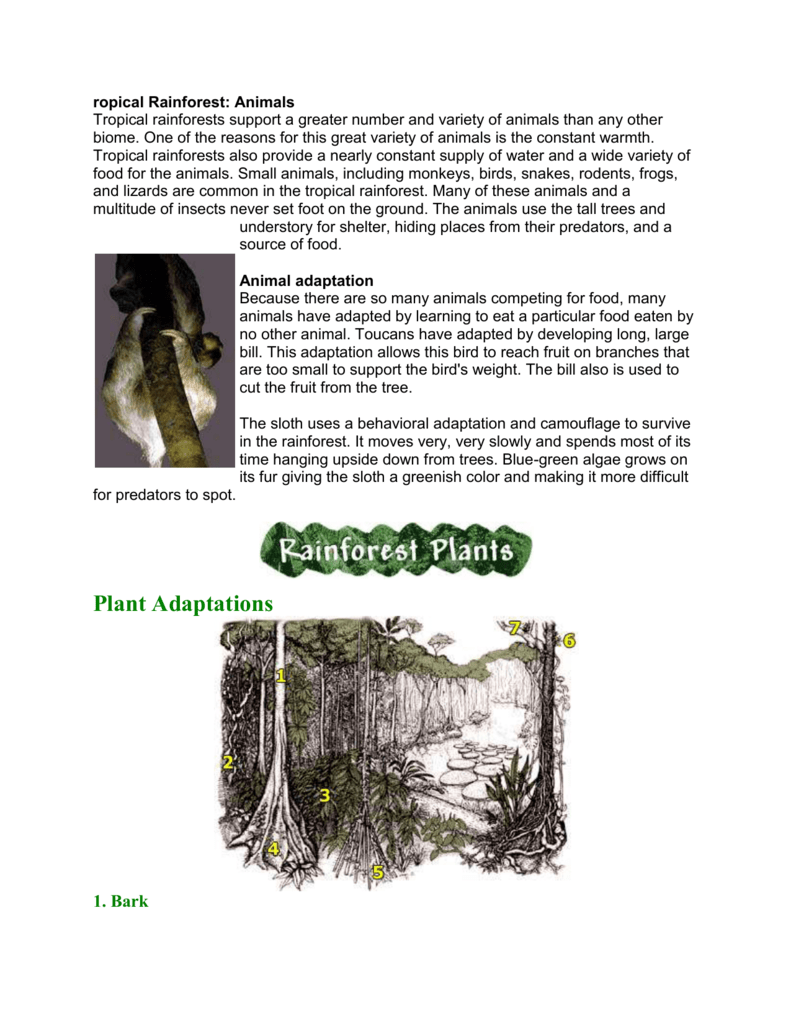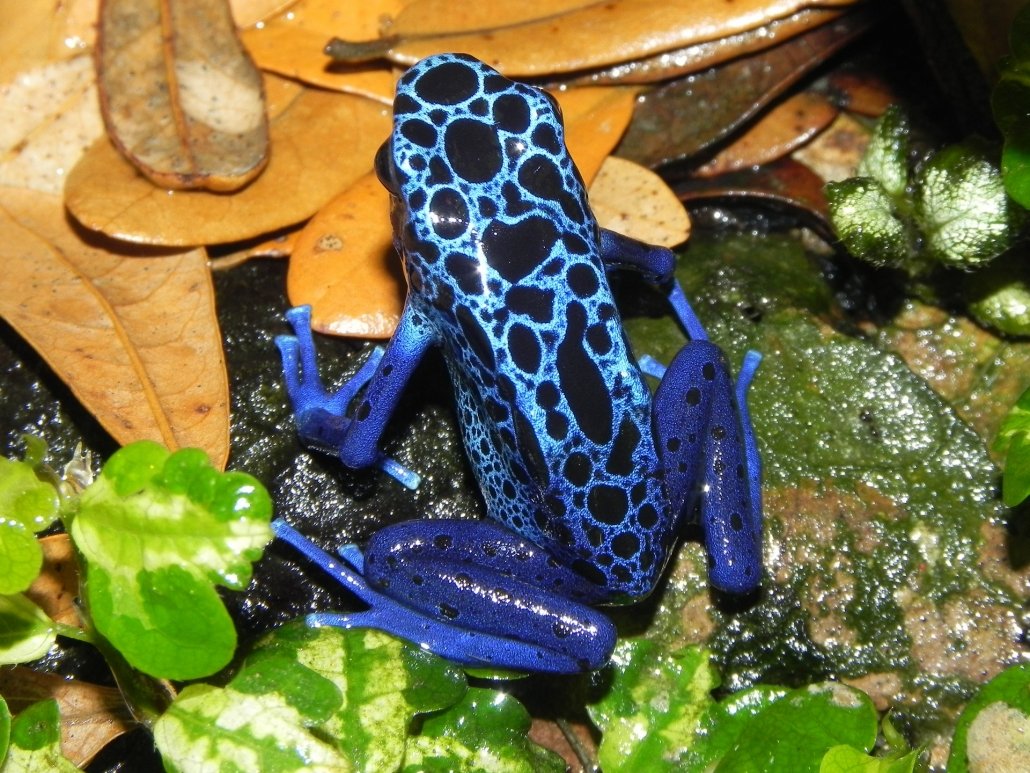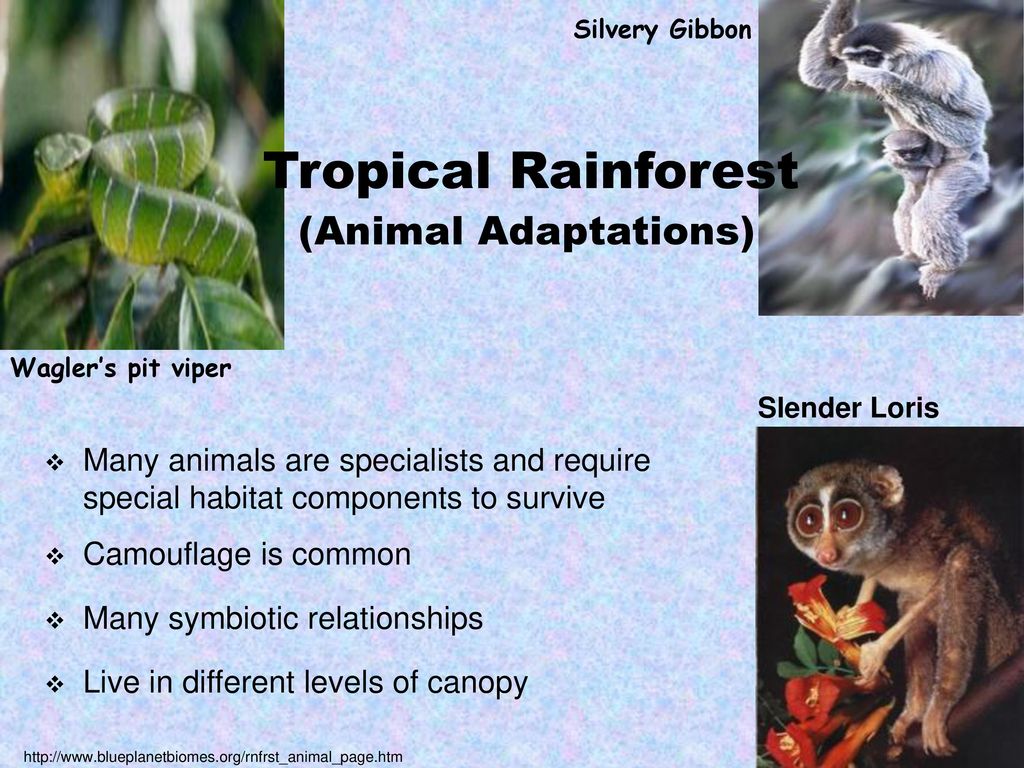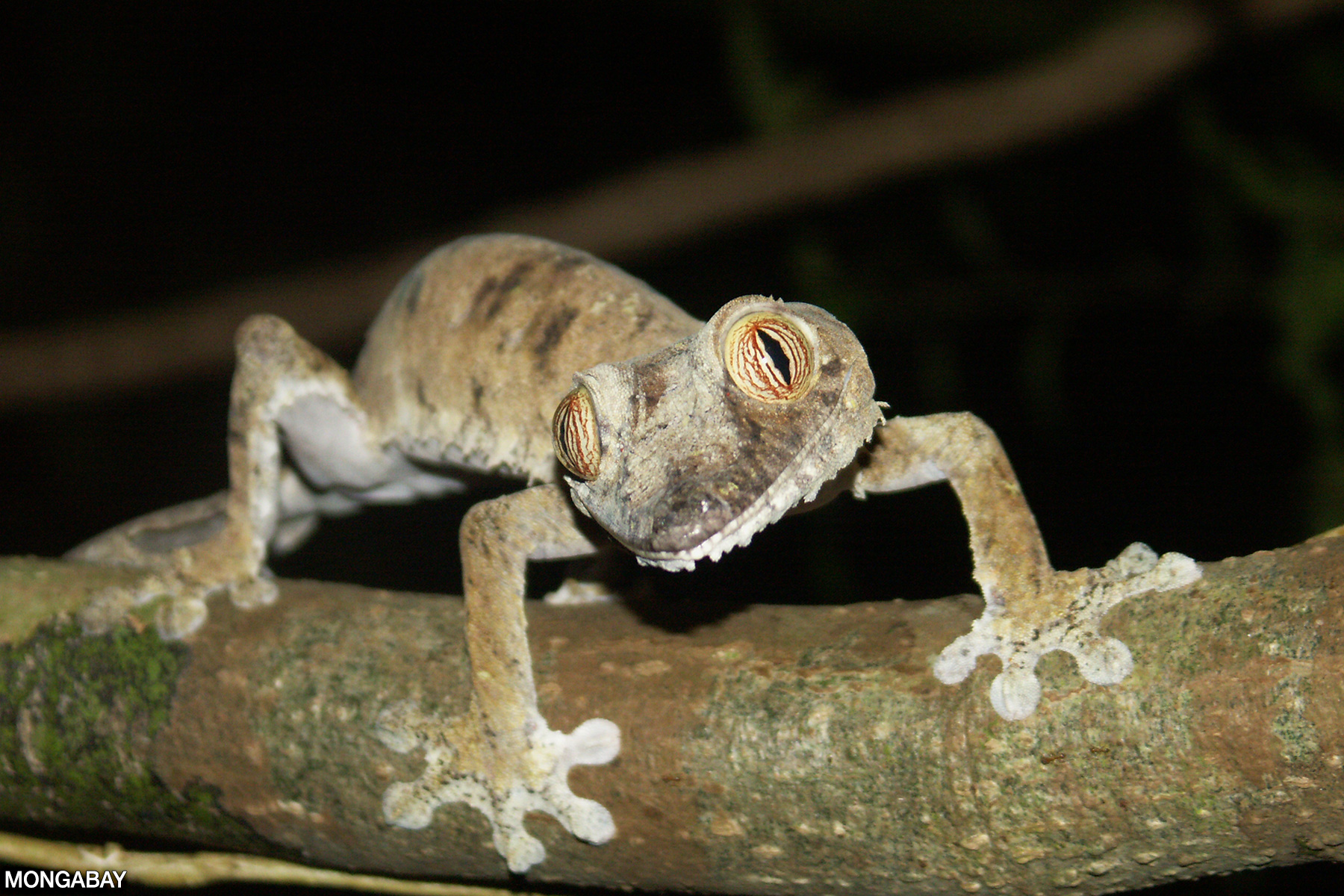Rainforest Animals Adaptations List
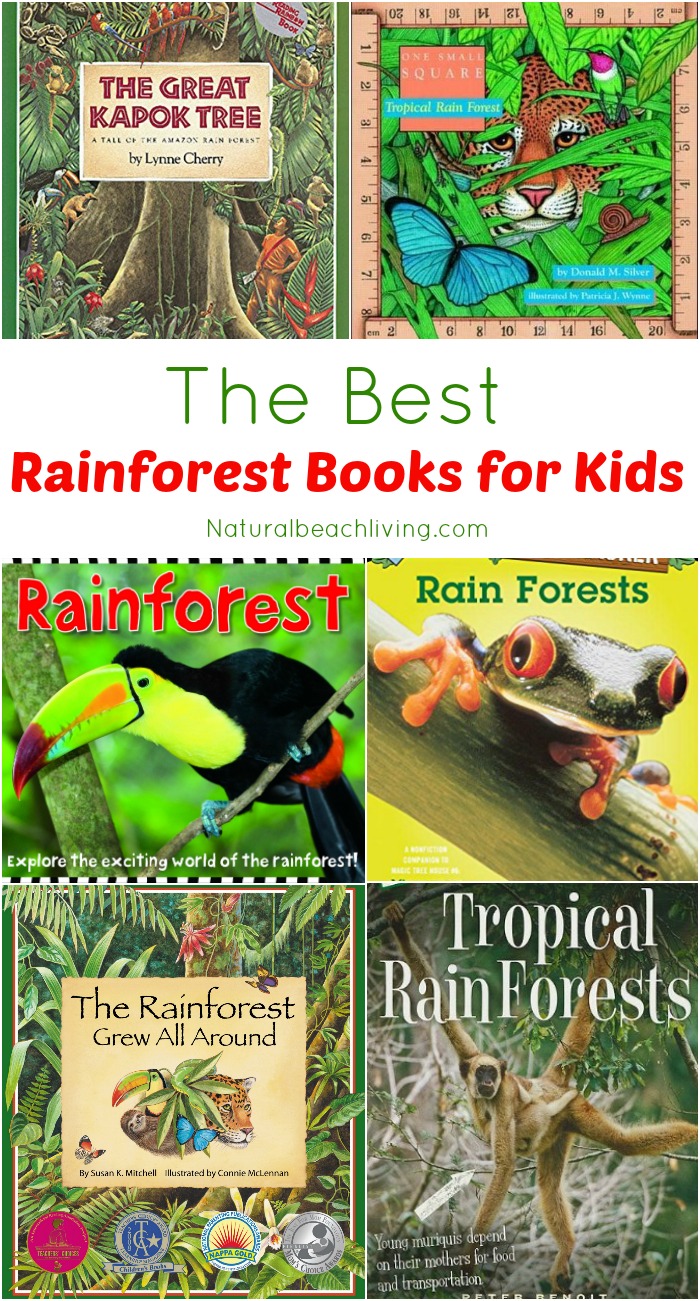
Animals of the rain forests are provided with a variety of habitats in the different layers of the forest trees.
Rainforest animals adaptations list. This lesson includes 2 worksheets which are at the end of the Power Point. Starting with looking at photographs and discussing any adaptations they can see pupils then gather adaptation information from fact sheets around the room and return to their groups to share their findings. Jaguars typically climb on trees to hunt for their prey.
Two-toed sloths are nocturnal which enables them to avoid diurnal or active during the day predators by sleeping during the day. Large cats such as the puma A collaborative activity in groups of four pupils on how animals are adapted to live in the rainforest. They swing through the rainforest canopy and hang suspended by their tails.
A collaborative activity in groups of four pupils on how animals are adapted to live in the rainforest. Animal adaptations Many animals have adapted to the unique conditions of the tropical rainforests. Although three-toed sloths are both diurnal and nocturnal theyre largely inactive during the day.
They are Arboreal meaning they are specially adapted to live and move around in the trees. And birds such as toucans macaws and the harpy eagle. Rainforest animals scroll down to see the entire list.
Our family of Goeldis Monkeys are another rainforest specialist. Another adaptation developed by rainforest animals is nocturnality. Compare species found in the amazon rainforest etosha national park coral reefs and the galapagos island with animals in their.
Rainforest plants such as large trees beautiful orchids strange-looking flowers and tasty fruits just add to the rainforest biome. The competition means organisms must adapt or develop specialized traits to compete for environmental resources. In the rainforest it rains anywhere from 50-260 inches per year which means that the trees and plants need to be able to survive with excess water.
